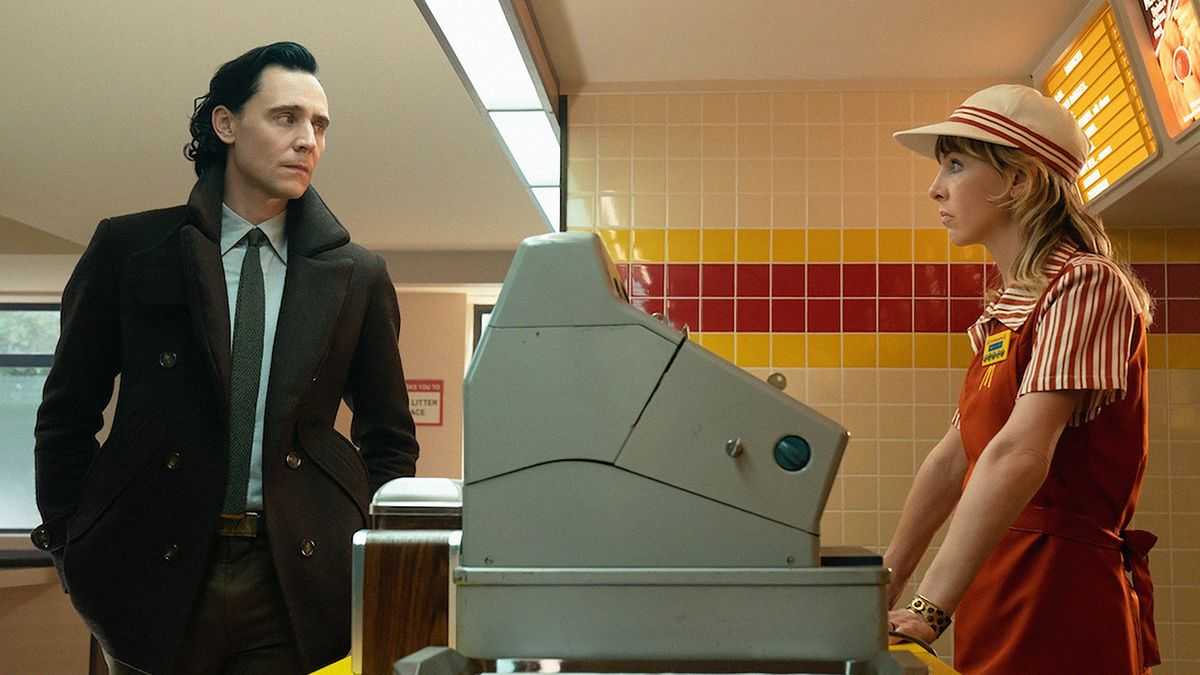Video games have become a top entertainment choice for many people. According to the Entertainment Software Association, 64% of US adults play games and 75% of US households have at least one person who plays. It makes sense, therefore, that brands would want to leverage this medium just as they do with film or TV. While interactivity makes advertising within games challenging, if the integration is achieved in a way that makes a brand feel useful (such as a character skin or in-game item), the marketing is far more likely to succeed.
This is the latest approach from luxury clothing and fashion brands like Gucci, Louis Vuitton, Valentino, Marc Jacobs, and more. In fact, Gucci recently celebrated its 100-year anniversary by setting up “Gucci Garden” within Roblox, offering players virtual Gucci items to put on their avatars. A limited-edition virtual Dionysus Bag with Bee was on sale for 475 Robux (roughly $6), but virtual items can also be resold, and demand was high enough that one user was able to resell the handbag for $4,100 ($800 more than the real-world item).
Givenchy and Stella McCartney are also launching virtual items in Roblox, while Louis Vuitton offers a skins collection in League of Legends, and Marc Jacobs, Valentino and Anna Sui have created exclusive collections for Animal Crossing. Games are enabling these high fashion brands to reach a young audience like never before, and they’re doing so while many players look to games and virtual avatars as they shape their identity, according to We Are Pi, a global digital agency. Christina Wootton, VP of Brand Partnerships at Roblox, told The Drum that it’s reached a point where many big brands are establishing metaverse teams, much like companies have dedicated digital and social marketing divisions.
Data from Interpret’s New Media Measure® reinforces why high fashion brands are succeeding in the gaming space. In the US, during the past three months, 57% of gamers purchased a piece of luxury clothing whereas non-gamers saw lower purchase incidence at 43%.






